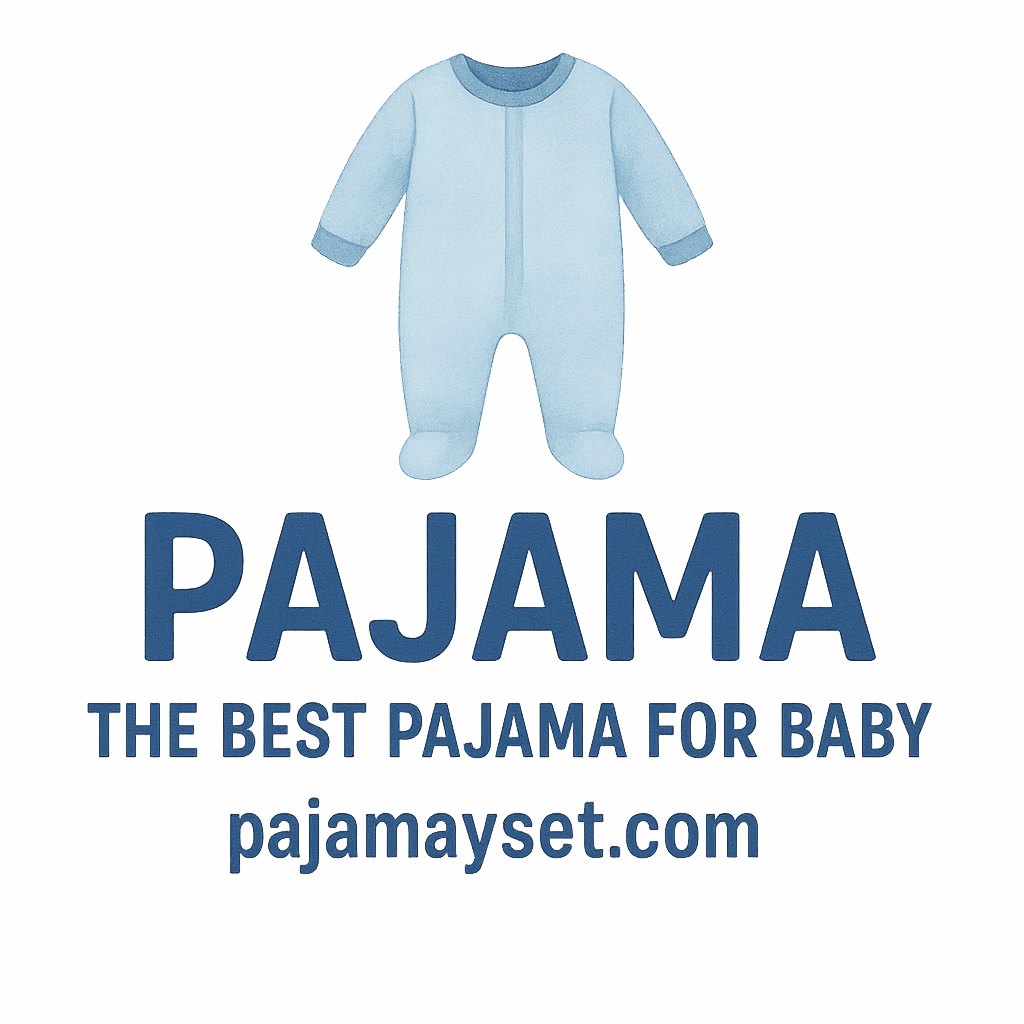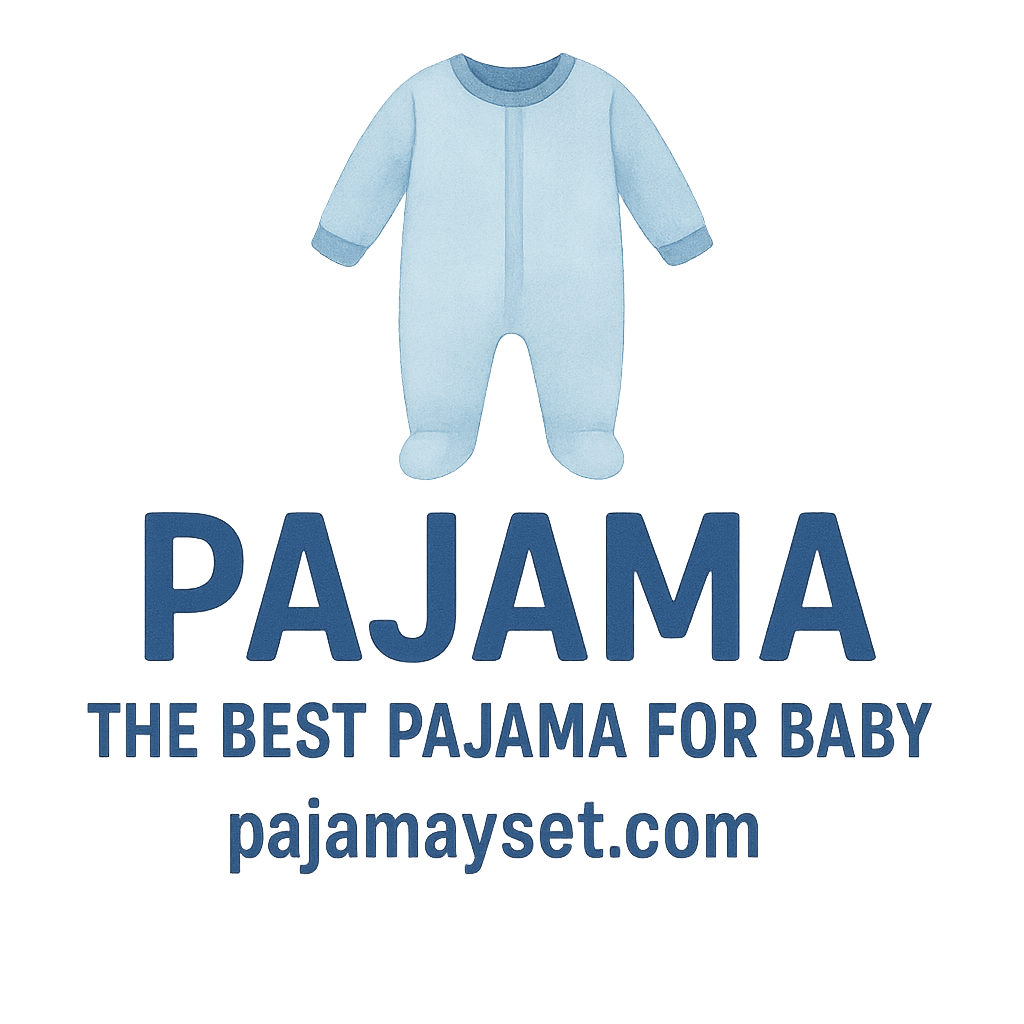Introduction: Why Comfort is Key in Baby Pajamas
When it comes to your little one’s well-being, comfort should always be a top priority. And what could be more important than ensuring that your baby’s sleepwear is comfortable? Babies spend a lot of time sleeping during their early years, and the right pajama can make a huge difference in their overall comfort and sleep quality. Uncomfortable pajamas can lead to irritation, discomfort, and even disrupt your baby’s sleep cycle. In this article, we’ll explore six signs your baby’s pajama might be causing discomfort, so you can ensure your baby gets the rest they deserve.
1. Inconsistent Fit: Too Tight or Too Loose
The fit of your baby’s pajamas plays a crucial role in their comfort. Pajamas that are either too tight or too loose can lead to a range of issues, from restricted movement to discomfort during sleep.
Understanding Baby Pajama Sizing
Choosing the right size is essential to ensure your baby can sleep comfortably. Pajamas should allow for some room to grow, but they shouldn’t be so loose that they bunch up during the night. You can find more information about baby pajama sizing and how to choose the right fit at Pajama Set’s Buying Reviews.
Signs of Pajamas That Are Too Tight
If you notice red marks on your baby’s skin or if they seem fidgety and struggle to move their arms and legs, the pajamas might be too tight. Tight-fitting pajamas can restrict your baby’s movement, making them feel uncomfortable throughout the night. For more details, check out Baby Safety Guidelines.
Signs of Pajamas That Are Too Loose
While pajamas that are too tight are easy to identify, loose pajamas can cause their own set of problems. Excess fabric can bunch up or get tangled, which can lead to discomfort and even frequent waking. Consider checking out different pajama styles in the Pajama Set’s Style & Design section for the perfect fit.
2. Irritation and Redness on Baby’s Skin
Your baby’s skin is sensitive, so choosing the right fabrics for their pajamas is essential. Pajamas made from rough or itchy materials can cause skin irritation, redness, or rashes.
The Role of Fabrics in Skin Sensitivity
The fabric you choose plays a significant role in preventing skin irritation. Soft, breathable fabrics like organic cotton or bamboo are perfect for sensitive skin. Avoid synthetic materials that can trap moisture, leading to skin issues. You can explore a variety of safe fabric options in our Pajama Materials guide.
Choosing Pajamas for Sensitive Skin
If your baby has sensitive skin, consider using organic cotton or bamboo pajamas, which are gentler and breathable. Make sure there are no tags or seams that could irritate their skin. Check out more tips on safe fabrics in the Pajama Set’s Fabric section for more insights.
3. Frequent Night Waking: A Pajama Culprit?
Does your baby keep waking up during the night? While many factors can contribute to this, uncomfortable pajamas might be the cause of your baby’s restless sleep.
How Pajama Comfort Affects Sleep
Comfortable pajamas are key to ensuring your baby sleeps soundly throughout the night. Tight, itchy, or improperly fitted pajamas can make your baby restless, leading to frequent waking. For better sleep quality, you can explore the best materials and designs at Pajama Set’s Experts.
The Impact of Pajama Materials on Baby’s Sleep Cycle
The fabric of the pajamas can also influence your baby’s sleep cycle. Materials that trap heat or don’t breathe well can cause your baby to overheat, leading to discomfort and interrupted sleep. Learn how to choose the right pajamas for every season in our Seasons & Weather section.

4. Buttons, Zippers, and Other Fasteners: Are They Safe?
Buttons, zippers, and other fasteners are common in baby pajamas, but they can pose safety risks if not properly designed.
Potential Choking Hazards
Small, loose buttons or ill-secured zippers can pose choking hazards for your baby. Always check that buttons are securely attached and ensure that zippers are covered to prevent pinching or irritation. For safer pajama options, explore our Pajama Set’s Safety section.
Safe Pajama Design for Babies
Opt for pajamas with no loose parts like buttons or snaps. If your baby’s pajamas have zippers, ensure they are covered by fabric to avoid pinching the skin. You can find more about safe baby pajamas at Pajama Set’s Design.
5. Overheating or Chilling During Sleep
Temperature control is essential to ensure your baby sleeps comfortably. Overheating or chilling can disrupt their sleep, causing discomfort and restlessness.
The Importance of Pajama Materials for Temperature Control
The material of your baby’s pajamas plays a critical role in temperature regulation. Choose lightweight, breathable fabrics like organic cotton or bamboo during warmer weather. For cooler nights, thicker fabrics like fleece are a better option. Learn more about selecting the right materials for different temperatures at Pajama Set’s Temperature.
Selecting Pajamas for Different Seasons and Weather
When shopping for baby pajamas, always consider the season and the weather. During warmer months, choose breathable fabrics that prevent overheating. In colder months, opt for thicker materials like fleece to keep your baby warm without overheating. For season-specific pajama tips, visit our Pajama Set’s Seasonal guide.
6. Strange Movements or Difficulty in Mobility
Your baby is starting to grow and move around more. If their pajamas are too restrictive, it could affect their ability to roll, crawl, or sleep comfortably.
How Pajamas Can Restrict Movement
Tight cuffs, waistbands, or non-stretch fabrics can restrict your baby’s natural movements. This can cause frustration and discomfort during sleep. Look for pajamas that allow for free movement, especially for babies who are learning to roll or crawl. You can discover comfortable pajama designs in the Pajama Set’s Custom section.
The Best Pajama Styles for Active Babies
Opt for pajamas with soft, stretchy fabrics that allow your baby to move freely. Consider onesies or footed pajamas that offer a comfortable, flexible fit. Check out the best options for active babies in the Pajama Set’s Breathable section.
Conclusion: Ensuring Your Baby’s Comfort with the Right Pajamas
Comfort is crucial when it comes to your baby’s sleepwear. By paying attention to fit, fabric, safety, and temperature regulation, you can ensure your baby’s pajamas are not only safe but also comfortable for a restful night’s sleep. Remember to choose soft, breathable materials, avoid tight or restrictive fits, and ensure that the design of the pajamas is free from any safety hazards. For more details on safe, comfortable pajamas, explore the Pajama Set’s Baby section.
FAQs
1. How Can I Tell If the Pajamas Are Too Tight for My Baby?
Check for red marks on your baby’s skin, difficulty moving their arms or legs, or signs of discomfort like excessive fidgeting. Tight pajamas can restrict movement and cause irritation.
2. How Do I Know If My Baby’s Pajamas Are Causing Skin Irritation?
Skin irritation can present as redness, rashes, or itching, often caused by rough fabrics, tight seams, or harsh dyes. Consider switching to soft fabrics like organic cotton or bamboo for sensitive skin. Learn more at Pajama Materials.
3. What Fabric Is Best for Baby Pajamas?
Opt for soft, breathable fabrics such as organic cotton or bamboo to avoid irritation and keep your baby comfortable. Check out more fabric options in our Pajama Set’s Fabric guide.
4. Are Buttons and Zippers Safe for Baby Pajamas?
Buttons and zippers can be safety hazards if they are loose or not properly covered. Always choose pajamas with secure fasteners or no fasteners at all. Explore safe designs at Pajama Set’s Safety.
5. How Do I Choose Pajamas for Different Seasons?
For warmer weather, choose lightweight, breathable fabrics like cotton or bamboo. For colder months, opt for thicker fabrics like fleece to keep your baby warm and comfortable.
6. Can Baby Pajamas Affect Sleep Quality?
Yes, uncomfortable pajamas can lead to disrupted sleep. Tight, itchy, or poorly fitted pajamas can make your baby restless, leading to frequent night waking. For better sleep, explore the best pajamas for your baby at Pajama Set’s Design.
7. How Do I Ensure My Baby’s Pajamas Are Comfortable for Movement?
Choose pajamas with stretchy fabrics and designs that don’t have tight cuffs or seams. This allows your baby to move freely while sleeping. Find the best styles for active babies in the Pajama Set’s Breathable section.


